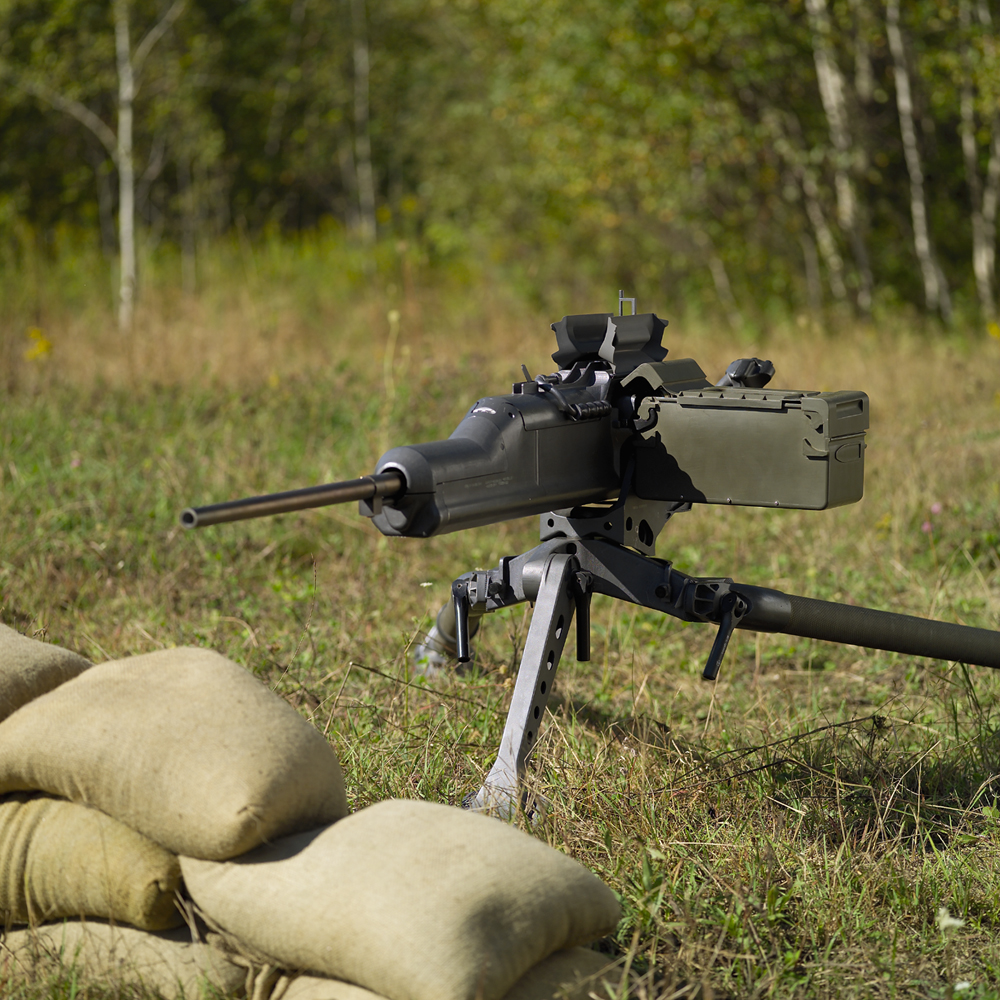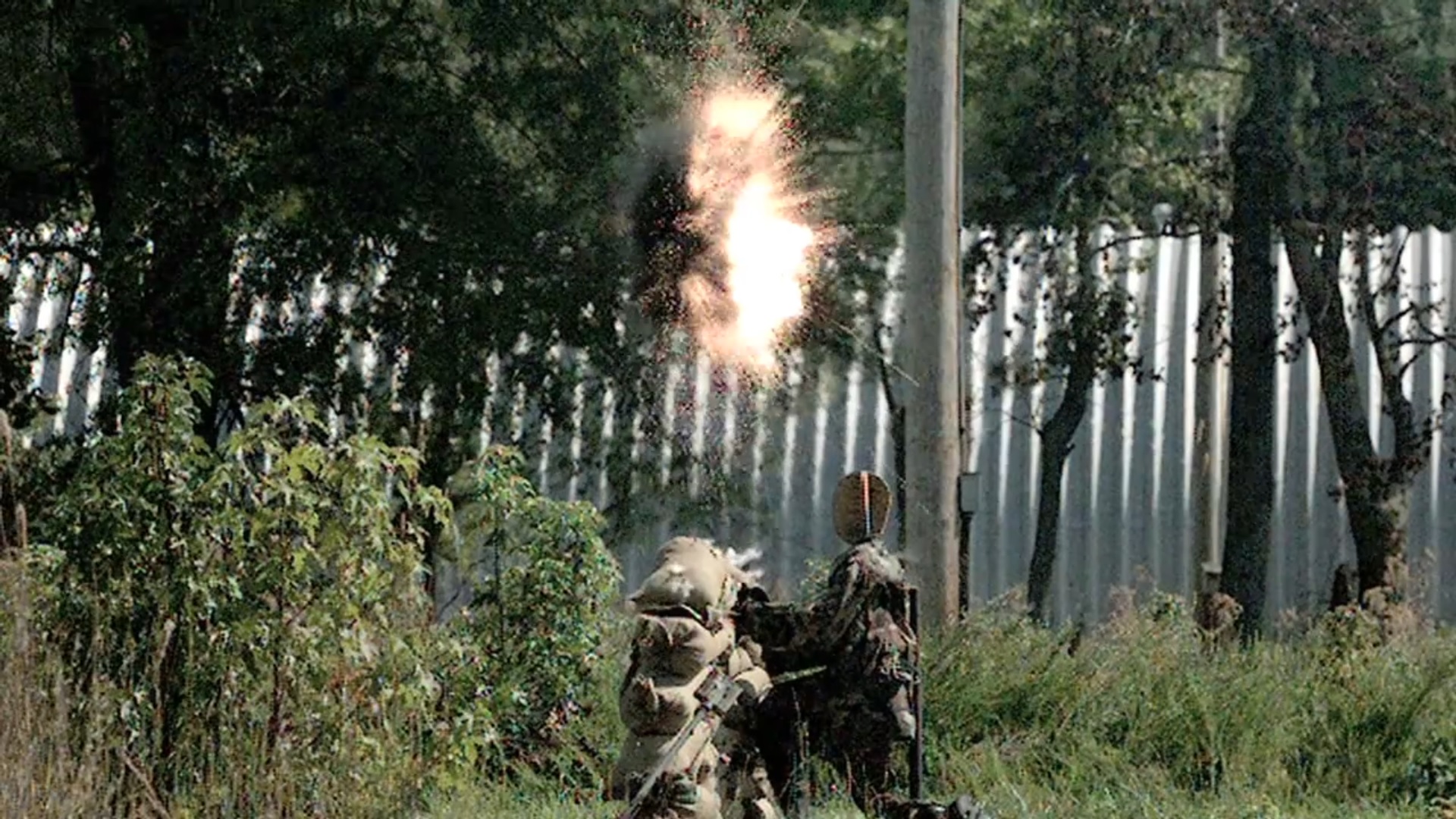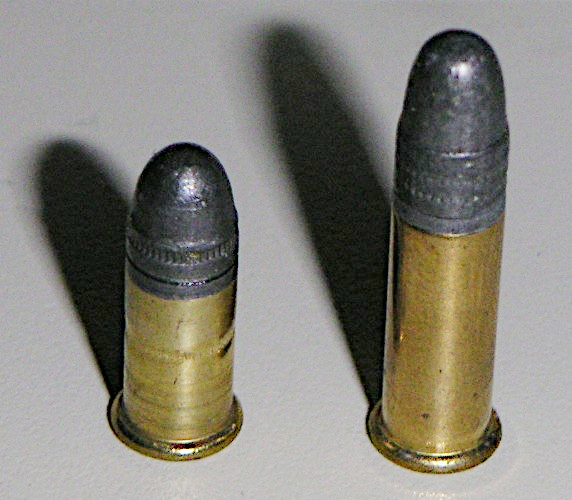|
XM307
The XM307 Advanced Crew Served Weapon (ACSW) was a developmental 25 mm belt-fed automatic grenade launcher with programmable airburst capability. It is the result of the ''OCSW'' or ''Objective Crew Served Weapon'' project. It is lightweight and designed to be two-man portable, as well as vehicle mounted. The XM307 can kill or suppress enemy combatants out to 2,000 meters (2,187 yd), and destroy lightly armored vehicles, watercraft, and helicopters at 1,000 meters (1,094 yd). The project was canceled in 2007. Overview The system was under development by General Dynamics Armament and Technical Products for the U.S. Army Tank-Automotive and Armaments Command (TACOM). As a part of the ''Small Arms Master Plan'' (SAMP) program, it is intended to either replace or supplement the Mk19 automatic grenade launcher and the M2 heavy machine gun. It fires 25 mm point-detonating and air burst style ammunition, including HE, and HEAT at a cyclic rate of 260 rounds per minute and has ... [...More Info...] [...Related Items...] OR: [Wikipedia] [Google] [Baidu] |
XM312
The XM312 is a heavy machine gun derived from the XM307 25 mm autocannon and chambered for the .50 BMG cartridge. It was designed in response to a request by the U.S. military for a replacement for the aging M2 Browning heavy machine gun, and as a complement to the heavier XM307 Advanced Crew Served Weapon grenade launcher. It is capable of being converted quickly into an XM307 with a small number of parts and a few minutes of work at the unit level (and vice versa from the XM307). The Fiscal Year 2008 Appropriations bill awarded $10 million to General Dynamics for the XM307 and XM312. In May 2008 the U.S. Army had awarded General Dynamics Armament and Technical Products (GDATP) a $9 million contract to develop a lightweight .50-caliber machine gun called the XM806 to supplement the Browning M2. The XM806 was canceled in 2012. The Army at present will continue buying new M2s and Mk 19s to replenish the current guns that are wearing out. Specifications * Weight: ** Weig ... [...More Info...] [...Related Items...] OR: [Wikipedia] [Google] [Baidu] |
OCSW
The OCSW (''Objective Crew Served Weapon'') was a U.S. Military arms program started in the 1980s that led to a hybrid smaller prototype automatic autocannon developed by General Dynamics Armament Systems. It led to the XM312 and XM307 designs. As a part of the SAMP (''Small Arms Master Plan'') program, it had the same laser targeting system as the XM29 OICW, but was intended to supplement the 40 mm Mk 19 grenade launcher and the .50 M2 Browning machine gun. It could fire armor-piercing or explosive 25 mm grenades at a cyclic rate of 260 rounds per minute, and had an effective range up to 2 kilometres. It underwent combat trials before being cancelled. See also * Objective Individual Combat Weapon A related project. *Autocannon * Mk 47 a 40 mm grenade launcher, also replacing the Mk 19 in some roles. *XM25 CDTE The XM25 Counter Defilade Target Engagement (CDTE) System, also known as the Punisher and Individual Semiautomatic Air Burst System was an airburst gr ... [...More Info...] [...Related Items...] OR: [Wikipedia] [Google] [Baidu] |
Air Burst
An air burst or airburst is the detonation of an explosive device such as an anti-personnel artillery shell or a nuclear weapon in the air instead of on contact with the ground or target. The principal military advantage of an air burst over a ground burst is that the energy from the explosion (as well as any shell fragments) is distributed more evenly over a wider area; however, the peak energy is lower at ground zero. History Air burst artillery has a long history. The shrapnel shell was invented by Henry Shrapnel of the British Army in about 1780 to increase the effectiveness of canister shot. It was widely used by the time of the War of 1812 and stayed in use until it was superseded during the First World War. Modern shells, though sometimes called "shrapnel shells", actually produce fragments and splinters, not shrapnel. Air bursts were used in the First World War to shower enemy positions and men with shrapnel balls to kill the largest possible number with a s ... [...More Info...] [...Related Items...] OR: [Wikipedia] [Google] [Baidu] |
LAG 40 Grenade Launcher
The SB-40 LAG is a 40 mm automatic grenade launcher developed and produced in Spain by the Empresa Nacional Santa Bárbara (EN SB) company (currently a part of the European Land Systems Group of General Dynamics). Users * : Used by Brazilian Marine Corps (Mounted on Piranha IIIC). * : The Colombian Navy uses the SB-40 LAG grenade launcher installed on a turret on the ARC Juan Ricardo Oyola Vera riverine patrol boat. * : Used by the Philippine National Police Special Action Force either on tripod or mounted on light utility vehicles, and by Philippine National Police Maritime Group mounted on patrol crafts * : used on M-11D scout cars (Panhard VBLs) * : used by the Spanish Army (Ejército de Tierra de España), Spanish Navy Marines and Guardia Civil Española. See also *Denel Y3 AGL - automatic grenade launcher used by South Africa. *Heckler & Koch GMG - A 40 mm automatic grenade launcher used by the German Army and other European armed forces. *XM174 grenade launcher, ... [...More Info...] [...Related Items...] OR: [Wikipedia] [Google] [Baidu] |
Airburst Round
An airburst round is a type of tactical anti-personnel explosive ammunition, typically a shell or grenade, that detonates in midair, causing air burst effect fragment damage to an enemy. This makes it easier to hit enemy soldiers behind a wall, in a defensive fighting position, or in a confined space or room. It is used on many guns, from artillery to the hand-held XM25 Individual Airburst Weapon System (derived from the XM29 OICW). Unlike traditional grenades, such as the 40 mm grenade, smart grenades can be electronically programmed to explode after traveling a certain distance. A fire control computer or some other electronic sighting system is used to quickly program the electronic fuse with any distance, as conditions dictate. Orbital ATK developed 30x173mm Mk310 PABM-T airburst rounds for Mk44 Bushmaster II. Terminology It is also called an airburst shell, air burst grenade, programmable ammunition, 3P ammunition or smart grenade. List of airburst round platf ... [...More Info...] [...Related Items...] OR: [Wikipedia] [Google] [Baidu] |
25mm TP ACSW Projectile
This is a list of firearm cartridges which have bullets in the caliber range. *''Length'' refers to the cartridge case length. *''OAL'' refers to the overall length of the cartridge. All measurements are in mm (in). Rimfire cartridges Pistol cartridges Revolver cartridges Rifle cartridges See also *.22 caliber .22 caliber, or 5.6 mm caliber, refers to a common firearms bore diameter of 0.22 inch (5.6 mm). Cartridges in this caliber include the very widely used .22 Long Rifle and .223 Remington / 5.56×45mm NATO. .22 inch is also a popular ... References {{DEFAULTSORT:5 Mm Caliber Pistol and rifle cartridges ... [...More Info...] [...Related Items...] OR: [Wikipedia] [Google] [Baidu] |
Future Combat Systems
Future Combat Systems (FCS) was the United States Army's principal modernization program from 2003 to early 2009. Formally launched in 2003, FCS was envisioned to create new brigades equipped with new manned and unmanned vehicles linked by an unprecedented fast and flexible battlefield network. The U.S. Army claimed it was their "most ambitious and far-reaching modernization" program since World War II. Between 1995 and 2009, $32 billion was expended on programs such as this, with little to show for it. In April and May 2009, Pentagon and army officials announced that the FCS vehicle-development effort would be canceled. The rest of the FCS effort would be swept into a new, pan-army program called the Army Brigade Combat Team Modernization Program. Development history The early joint DARPA–Army Future Combat Systems program to replace the M1 Abrams main battle tank and Bradley Fighting Vehicles envisioned robotic vehicles weighing under six tons each and controlled remotel ... [...More Info...] [...Related Items...] OR: [Wikipedia] [Google] [Baidu] |
Remotely Operated Vehicle
A remotely operated underwater vehicle (technically ROUV or just ROV) is a tethered underwater mobile device, commonly called ''underwater robot''. Definition This meaning is different from remote control vehicles operating on land or in the air. ROVs are unoccupied, usually highly maneuverable, and operated by a crew either aboard a vessel/floating platform or on proximate land. They are common in deepwater industries such as offshore hydrocarbon extraction. They are linked to a host ship by a neutrally buoyant tether or, often when working in rough conditions or in deeper water, a load-carrying umbilical cable is used along with a tether management system (TMS). The TMS is either a garage-like device which contains the ROV during lowering through the splash zone or, on larger work-class ROVs, a separate assembly which sits on top of the ROV. The purpose of the TMS is to lengthen and shorten the tether so the effect of cable drag where there are underwater currents is minim ... [...More Info...] [...Related Items...] OR: [Wikipedia] [Google] [Baidu] |
Mk 47 Striker
The Mk 47 or Striker 40 is a 40mm automatic grenade launcher with an integrated fire control system, capable of launching smart programmable 40mm air burst grenades in addition to various unguided rounds. Design The Mk 47 has the latest sensing, targeting and ballistics technology. The Lightweight Video Sight produced by Raytheon, the Mk 47's fire control system, utilizes the latest in laser rangefinding, I2 night vision and ballistic computer technology. In addition to being able to fire all NATO standard high-velocity 40mm rounds like the Mk 19 grenade launcher, it can fire MK285 smart grenades that can be programmed to air burst An air burst or airburst is the detonation of an explosive device such as an anti-personnel artillery shell or a nuclear weapon in the air instead of on contact with the ground or target. The principal military advantage of an air burst over ... after a set distance. A computerized sight allows the user to set this distance. Program timel ... [...More Info...] [...Related Items...] OR: [Wikipedia] [Google] [Baidu] |
Heckler & Koch GMG
The GMG (''Granatmaschinengewehr'' or "grenade machine gun") is an automatic grenade launcher developed by Heckler & Koch for the German Army. It is also often referred to as GMW or GraMaWa (''Granatmaschinenwaffe''). Design details The GMG fires 40 mm grenades at a rate of about 340 rounds per minute. It is belt-fed, and can be loaded from either side, making it easy to mount on most platforms. With a variety of day and night sights available, the GMG can be used for most medium range infantry support situations. The weapon is 1.09 m long and has a 415 mm rifled barrel; the ammunition box has dimensions of 470 × 160 × 250 mm. The gun cycles on a recoil-operated blow-back basis. It weighs 29 kg; the tripod is an additional 11 kg. Testing and operation The HK GMG was tested in the Yuma desert in Arizona in 1997 in order to compete for future United States contracts. Users *: 304 ordered. Designated as the C16 Close Area Suppression Weapon (CASW ... [...More Info...] [...Related Items...] OR: [Wikipedia] [Google] [Baidu] |
Vektor Y3 AGL
The Denel Y3 AGL is a South African-manufactured automatic grenade launcher currently manufactured by Denel Land Systems.Official Vektor Y3 AGL Site. Originally developed by Aram Ltd as the AS88 as a support weapon for infantry, the patent rights were purchased and modified by Vektor, which later became a division of Denel Ltd. Further enhancements included rate of fire upgrade and the addition of a ballistics computer, with final qualification testing taking place in 1998, and operational testing in 2002. The Y3 was launched during the 2003 United Kingdom Defence Systems & Equipment (DSEi) International Exhibition. Design details Operating mechanism and features The ...[...More Info...] [...Related Items...] OR: [Wikipedia] [Google] [Baidu] |
Collateral Damage
Collateral damage is any death, injury, or other damage inflicted that is an incidental result of an activity. Originally coined by military operations, it is now also used in non-military contexts. Since the development of precision guided munitions in the 1970s, military forces often claim to have gone to great lengths to minimize collateral damage. Critics of use of the term "collateral damage" see it as a euphemism that dehumanizes non-combatants killed or injured during combat, used to reduce the perceived culpability of military leadership in failing to prevent non-combatant casualties. Collateral damage does not include civilian casualties caused by military operations that are intended to terrorize or kill enemy civilians (e.g., the bombing of Chongqing during World War II). Etymology The word "collateral" comes from medieval Latin word ''collateralis'', from ''col-'', "together with" + ''lateralis'' (from ''latus'', ''later-'', "side" ) and is otherwise mainly use ... [...More Info...] [...Related Items...] OR: [Wikipedia] [Google] [Baidu] |







